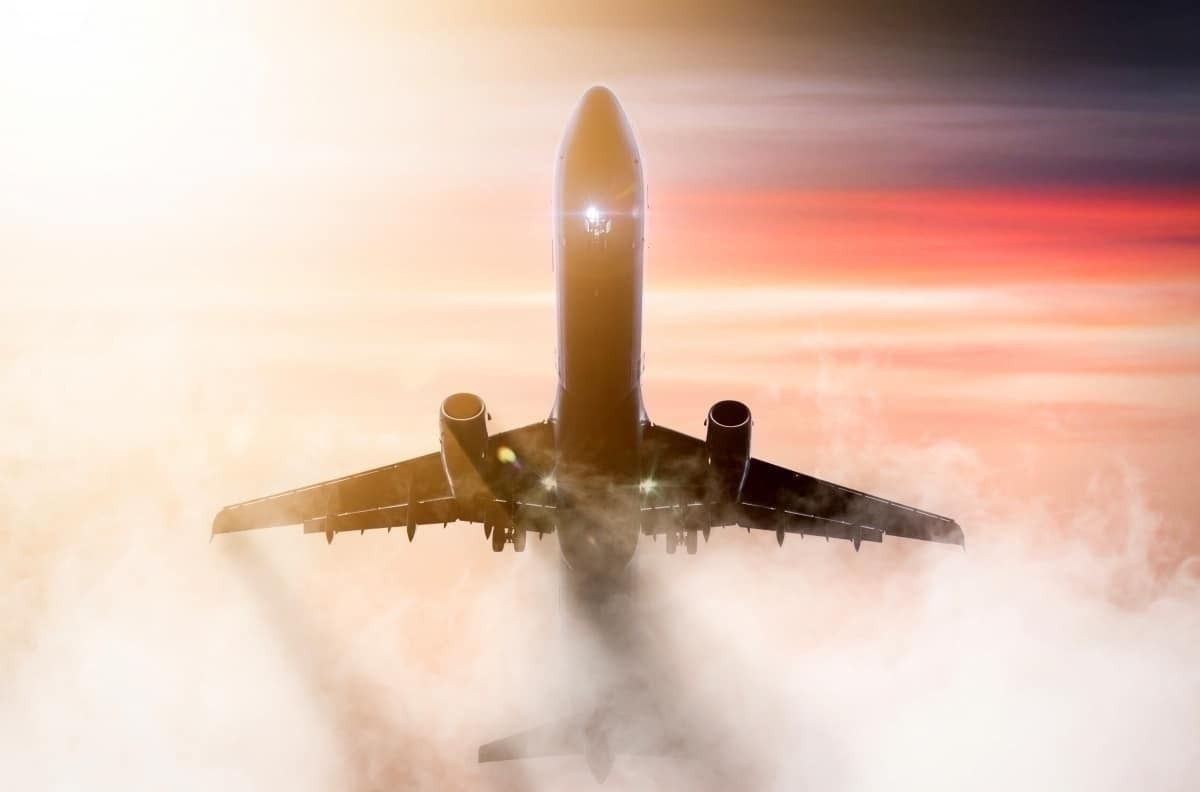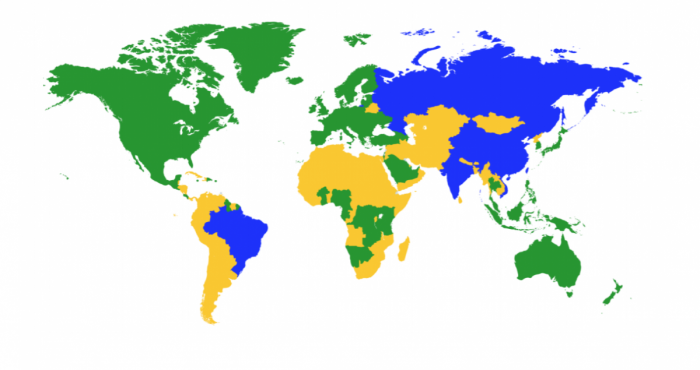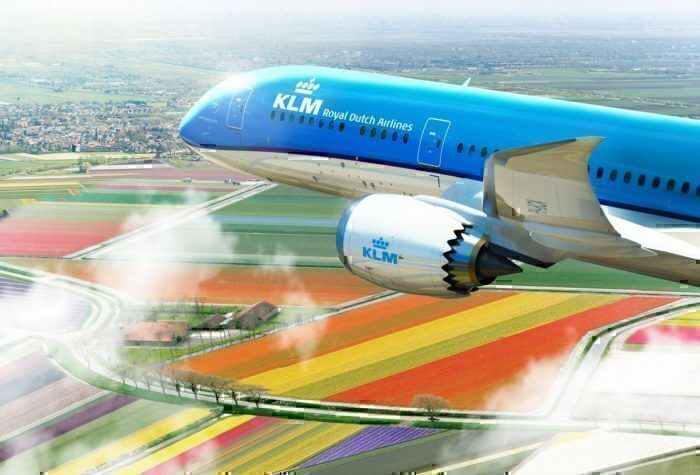CORSIA, the Carbon Offsetting and Reduction Scheme for International Aviation, officially launched last January, albeit only to get airlines to record and report their CO2 footprints. With a year still to go before the positive impacts of the scheme will start to show, we take a look at what exactly CORSIA is, and whether it’s going to have the impact that aviation needs.
What is CORSIA?
The Carbon Offsetting and Reduction Scheme for International Aviation, also known as CORSIA, is a program that was officially adopted at the ICAO assembly in 2016. It is a scheme to mitigate CO2 emissions from the global aviation industry, whilst still allowing for growth.
Aviation currently accounts for around 2% of global man-made CO2 emissions. While this is not a lot, the concern is that, should aviation grow at the rate IATA and others predict, it could rise substantially. As other industries aim to drive down their carbon footprint, aviation could see its share of the global output rise significantly.
CORSIA wants to put a mechanism in place to prevent this from happening, by allowing growth but in a healthy way. It’s been described as a ‘delicate balance’ between the needs of airlines and that of the environment and is one of the ‘four pillars’ of the aviation industry’s climate strategy. The other three, for context, are introducing new technology, improving the efficiency of operations and better use of infrastructure.
What does CORSIA aim to do?
CORSA aims to prevent any increase in CO2 levels beyond those registered this year (2020) from civil aviation. It wants to allow aviation to continue to grow, but without any additional CO2 emissions being generated. Thus, its main aim is for carbon neutral growth (CNG) from 2020 onwards.
Under CORSIA, all participating airlines are required to buy offsets to account for any growth in CO2 emissions above 2020 levels. These offset payments will be used to fund projects in developing countries, although details on exactly what will be funded is vague. IATA says,
“It is forecast that CORSIA will mitigate around 2.5 billion tonnes of CO2 between 2021 and 2035, which is an annual average of 164 million tonnes of CO2.”
The scheme is being rolled out in a staged process. Firstly, from 2021 to 2026, only airlines from states who have volunteered to take part will be involved in the offsetting. The last update said that 81 states, representing 76.63% of international flights, had volunteered to participate.
In 2027, all international flights will be subject to offsetting. A handful of carriers will remain except, particularly those from the least developed nations or small island states. Although this sounds like a long time away, there is still much being done right now. In fact, CORSIA has already started. From January 1st, 2019, all carriers have been required to report their CO2 emissions on an annual basis.
This year will see the verification of 2019’s carbon emissions reports which, along with 2020’s reports, are crucial in setting a baseline for CORSIA to work from. By the end of this year, we should know for sure which states are participating in the initial offsetting rollout.
IATA’s Chief Executive, Alexandre de Juniac, talked in his blog about the importance of this scheme,
“CORSIA is crucial to achieving carbon-neutral growth. The other three pillars of our strategy have delivered tremendous efficiency improvements, but the increase in flights due to the demand to fly has outstripped these efficiency gains … Through offsetting, the industry can cap its net emissions at 2020 levels, until technology levels create the conditions to reduce aircraft emissions at source.”
Will it work?
As with any new initiative, there have been plenty of criticisms leveled at CORSIA since it was announced. Some say that offsetting is nothing more than ‘greenwash’, effectively putting a band aid over the world’s biggest problem when what is needed is a real driving down of emissions.
The biggest concern is that the criteria for meaningful offsets are still something of a grey area. Reforesting areas, for example, will take many years to remove the CO2 generated by the flight. There are also concerns around increasing demand for biofuels, for which the supply chain is not yet well established, or indeed how the scheme will be enforced overall.
However, IATA’s biggest concern about CORSIA is that it could be sabotaged by otherwise well-meaning governments. In particular, they note a concern in regard to some states’ plans to apply their own carbon pricing instruments or passenger ticket tax in a bid to address emissions from aviation. IATA warns that,
“Such policies are not only against the international commitments of these states, they also undermine multilateral efforts to deal with climate change and put at stake the credibility of the global approach, potentially compromising the international support for CORSIA at a critical time for its implementation.”
It’s important to realize that CORSIA is not being touted as the ‘answer’ to climate change, rather a stop-gap measure to prevent emissions growth while other measures are being developed. Things like improved air traffic control and widespread use of sustainable aviation fuels will all take time to implement, so CORSIA is designed to give airlines an achievable and immediate method of mitigating some of their environmental impact.
What do you think about CORSIA? Is it the industry answer we’ve been looking for, or just a load of old greenwash to make airlines look better?



